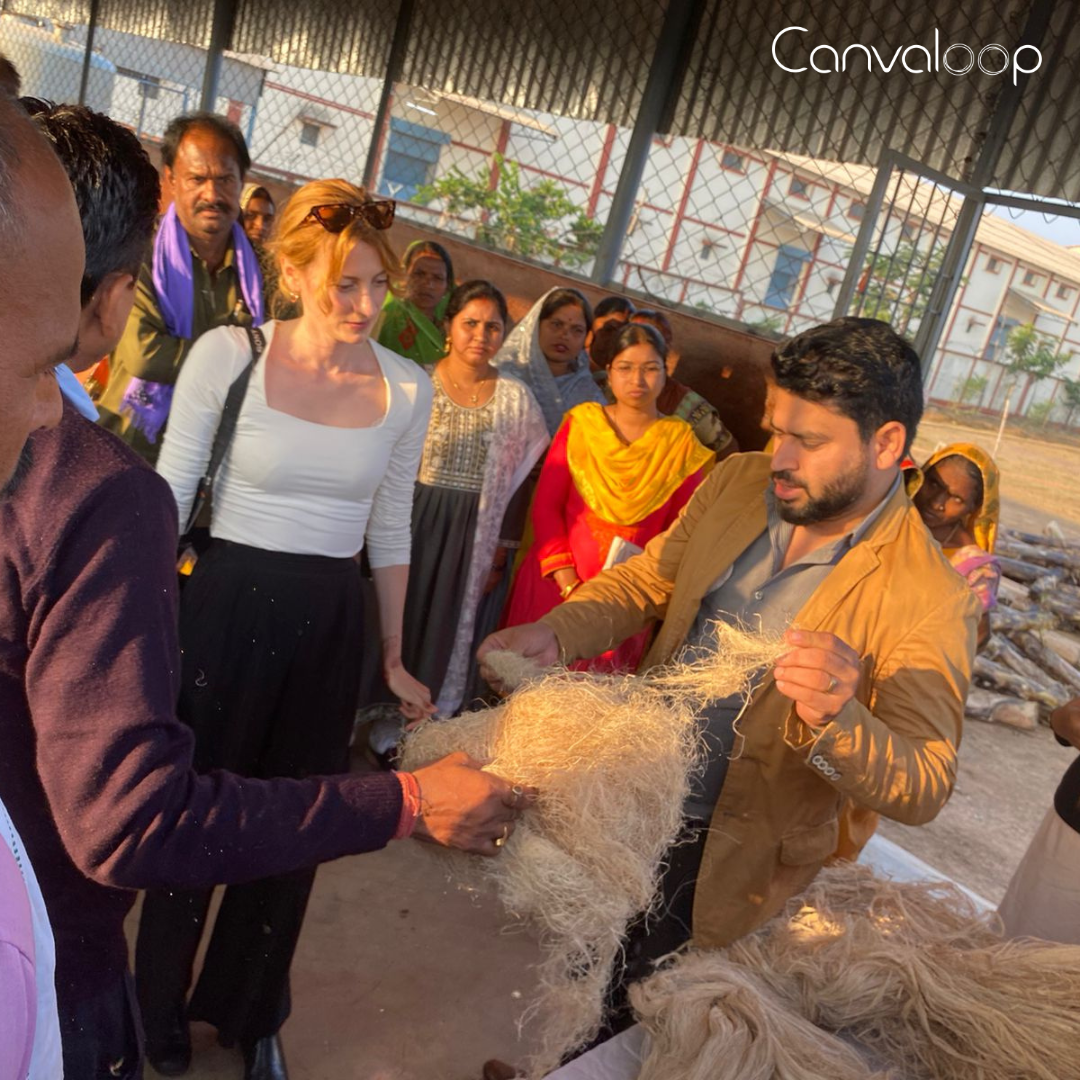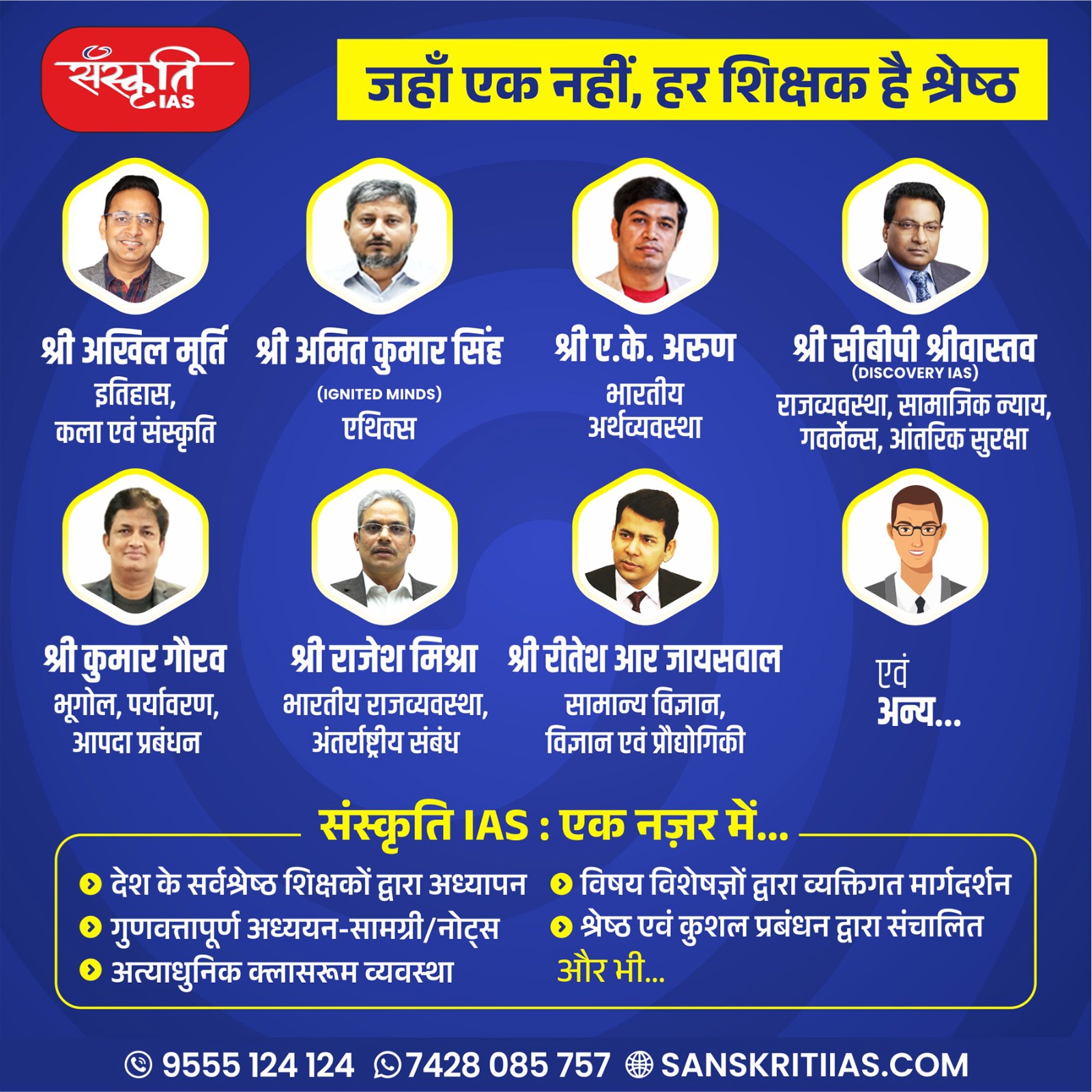The global textile industry stands at a critical juncture, faced with the dual challenge of meeting ever-growing consumer demand while addressing its substantial environmental footprint. As we delve into the intricacies of sustainable textile production, it’s crucial to spotlight ventures like Canvaloop that are pioneering innovative solutions.

Canvaloop’s journey began amidst the academic pursuits of its founder, who, during his master’s studies in the United States, was inspired by the urgent need for sustainability in textiles and agriculture. Recognizing the potential of agricultural waste as a resource, Canvaloop embarked on a mission to transform these residues into high-quality, sustainable fibers, redefining industry standards and pushing the boundaries of environmental stewardship in fashion.
Through their proprietary chemo-mechanical process, Canvaloop not only offers a groundbreaking alternative to traditional textile fibers but also promotes a circular economy, enhances farmer livelihoods, and paves the way for a more sustainable future in fashion. As we explore Canvaloop’s strategic initiatives and their broader implications for the textile industry, we uncover a compelling narrative of innovation, responsibility, and hope for a greener planet.
When did you started your journey as an entrepreneur?
The journey toward establishing Canvaloop began during my master's studies in the
United States. At that time, the pressing need for sustainability was becoming
increasingly evident. This awareness led me to delve into the environmental impact of
textiles and agricultural waste—two significant pollution drivers. Inspired to make a
change, I explored how we could address these issues by transforming agricultural
waste into textile-grade fibers. This idea marked the inception of Canvaloop, a venture
aimed at creating sustainable solutions in the textile industry.

How does Canvaloop proprietary chemo-mechanical process for converting agro-waste into fibers and yarns align with global sustainability goals, and what steps are being taken to ensure that the luxury products created from these materials maintaintheir eco-friendly attributes throughout their lifecycle?
Canvaloop's proprietary chemo-mechanical process epitomizes innovation in
sustainability, transforming agricultural waste into spinnable fibers. This groundbreaking
method not only provides a greener alternative to conventional materials but does so
without sacrificing affordability or the need for new industrial infrastructure. By
converting agricultural residues, typically burned and detrimental to the environment,
into valuable fibers, Canvaloop also creates an additional income source for farmers.
Our commitment to sustainability extends to every aspect of our operations. Our zero-
liquid discharge facility exemplifies this, as it prevents any liquid waste from
contaminating natural water bodies, supporting global water conservation efforts. We
uphold the strictest safety and environmental standards, utilizing only non-hazardous
chemicals and solvents, in compliance with the Global Organic Textile Standard
(GOTS) and OEKO-TEX certifications.
Further enhancing our sustainable practices, Canvaloop has embraced biofuel to
significantly reduce our carbon footprint. This strategic shift not only diminishes our
reliance on fossil fuels but also aligns with international efforts to curb greenhouse gas
emissions. Through continuous technological innovation, we ensure that our processes
remain at the forefront of eco-friendly manufacturing, cementing our leadership in
producing sustainable luxury products.
How does your background in finance and entrepreneurship uniquely position you to
address the urgent and complex issue of textile pollution, particularly in terms of
creating sustainable business models that can scale without compromising on
environmental impact?
While my background in finance and entrepreneurship might not seem directly
related to combating textile pollution, it has been instrumental in shaping Canvaloop's
approach to sustainability. The financial acumen gained from my experience allows us
to adeptly navigate market fluctuations and master pricing strategies, giving us a
competitive edge in the sustainable textiles market.
Our business model is inherently sustainable, built from the ground up to prioritize
environmental integrity.

Although this approach may come at a higher cost, it ensures
that we deliver on our promises to customers who value sustainability as much as we
do. By integrating financial expertise with a commitment to eco-friendly practices,
Canvaloop is uniquely positioned to develop scalable sustainable business models that
do not compromise on environmental impact.
Considering the substantial impact of textile pollution at the raw material stage, how do you plan to innovate or disrupt the traditional supply chain to significantly reduce this environmental footprint, and what role do you see for emerging technologies or alternative materials in achieving this goal?
Our purpose behind sustainable textiles and fashion is simple, See the textile industry is going to change, We wish to be the pioneers of it. If you see today, cotton production is highly water and environment intensive while polyester manufacturing is non-biodegradable. Current global textile fibre production is 111 million tonnes – over 60% of garments are made from oil-based fibres such as polyester and nylon, with the
remainder made from cotton fibres.
Cotton alone uses large amounts of water, 24% of
the world's pesticides and 11% of insecticides. Synthetic materials are not
biodegradable and release 1900 pieces of microplastics into the aquatic ecosystem with
each wash. In addition, 85% of all textiles produced are wasted each year, accounting
for 3% of total landfill pollution. There is growing consumer awareness and a strong top-
down regulatory push for fashion brands to incorporate non-oil-based sustainable fibres
into their clothing collections.
Given the severe environmental and health impacts of agricultural waste burning in
India, how do you propose leveraging technological innovations or policy interventions
to transform this waste into valuable resources, potentially reducing pollution and
contributing to a more sustainable agricultural ecosystem?
Agricultural waste burning in India poses significant environmental and health
challenges, but at Canvaloop, we see this as an opportunity. Through our proprietary
chemo-mechanical process, we convert this waste into high-quality, spinnable fibers,
offering farmers an additional revenue stream while reducing pollution.
Beyond technology, we're advocating for policies that incentivize farmers to supply
agricultural residues rather than burn them, while also partnering with textile
manufacturers to integrate our sustainable fibers into their supply chains.
At Canvaloop, we're transforming agricultural waste into valuable resources, reducing
pollution, and contributing to a more sustainable agricultural ecosystem. By aligning
profitability with environmental stewardship, we're redefining the textile industry for a
greener future.
How does Canvaloop Fibre plan to scale its operations to significantly reduce the
reliance on traditional, pollutant textile production methods globally, while ensuring the
sustainability and eco-friendliness of its agro-waste-based fibers do not compromise on
the quality and performance demanded by the textile industry?
Canvaloop Fibre is poised to scale its operations globally to reduce the reliance on
traditional, pollutant textile production methods. We achieve this by streamlining our
processes and implementing a modular, plug-and-play manufacturing setup that allows
rapid expansion while maintaining efficiency.
In India, we are establishing farmer clusters to ensure a consistent supply of agricultural
waste, meeting the growing demand for our eco-friendly fibers. This approach enables
us to maintain the sustainability and environmental friendliness of our fibers without
compromising on the quality and performance demanded by the textile industry.
In what ways is Canvaloop Fibre engaging with and supporting the farming communities
from which it sources agricultural waste, to ensure that its business model not only
contributes to environmental sustainability but also promotes socio-economic benefits
for these communities?
Canvaloop Fibre is deeply committed to supporting the farming communities from
which it sources agricultural waste, ensuring that its business model contributes to both
environmental sustainability and socio-economic development.
We provide farmers with an additional income stream by purchasing their agricultural
residues, which are typically considered waste. Furthermore, we employ the most
marginalized communities in villages to assist with field separation processes, creating
employment opportunities and fostering economic empowerment.

By actively engaging with these communities, Canvaloop Fibre not only promotes
environmental sustainability but also drives meaningful socio-economic benefits,
ensuring that our impact extends beyond the textile industry and into the heart of rural
India.
How can consumers be encouraged to shift their purchasing habits towards slow
fashion, considering the pervasive appeal of fast fashion’s affordability and trend
responsiveness?
Consumers can be encouraged to shift to slow fashion when they recognize that the
quality of the fabric they wear matters more than just following trends. By prioritizing
durability and craftsmanship, slow fashion offers a more conscious and rewarding way
to dress.
What strategies can slow fashion brands adopt to compete effectively with fast fashion
counterparts in terms of market visibility and consumer appeal, without compromising
their sustainability principles?
Storytelling & Transparency: Share the brand's sustainability journey and ethical
practices to create a compelling narrative that resonates with conscious consumers.
Quality Over Quantity: Emphasize the superior quality, craftsmanship, and longevity of
slow fashion products.
Limited Edition Collections: Create exclusivity by offering limited-edition collections that
encourage immediate purchase.
Customization & Personalization: Offer customizable products that provide a unique and
personalized experience.
Collaborations & Partnerships: Partner with like-minded influencers, designers, or other
sustainable brands to expand reach and visibility.
How can the textile industry, as a whole, be restructured to prioritize sustainability and
ethical practices, thereby reducing its environmental footprint while still meeting global
demand for clothing?
Innovative Materials: Encourage the use of sustainable materials like organic cotton,
hemp, flax, and agro-waste-based fibers.
Certification: Ensure raw materials are certified by organizations like GOTS or OEKO-
TEX to promote transparency and sustainability.























